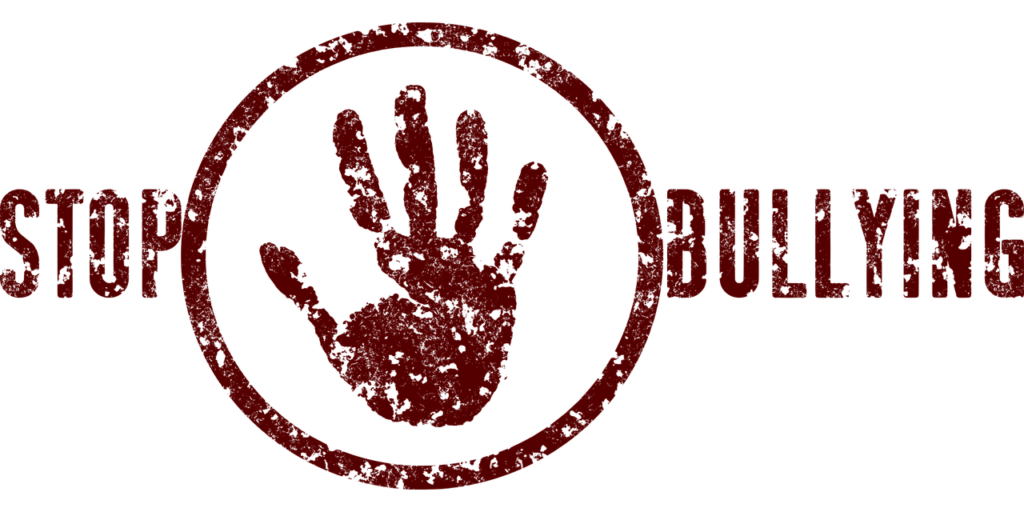
It’s more than just schoolyard taunts.
Bullying has many forms and a bully pulpit – if you will – on social media. Right now is a good time to pay attention to it: October is National Bullying Prevention Month, a time to remind ourselves of the harm bullying of kids does in the moment and in the long term.
Bullying affects all youth: those who are bullied, those who bully others, and those who witness bullying, notes the website stopbullying.gov. And its negative effects can last well into adulthood; they include chronic depression, increased risk of suicidal thoughts, anxiety disorders, low self-esteem and post-traumatic stress disorder (PTSD).
Bullying can be especially harsh when it is directed at students with disabilities or of color and LGBTQ individuals. Even those who witness it can experience negative mental-health issues.
According to 2019 statistics reported by the National Bullying Prevention Center:
- One out of every five students reports being bullied.
- A higher percentage of male than female students reports being physically bullied – 6% vs. 4% – but a higher number of females reported being victimized as subjects of rumors and purposely excluded from activities.
- Of students who were bullied, 13% were made fun of, called names, or insulted; 13% were the subject of rumors; and 5% were pushed, shoved, tripped, or spit on in areas throughout their schools, including the cafeteria and in hallways.
Online bullying can be particularly cruel because it can be spread so far and wide and often anonymously. Again, studies reported by the National Bullying Prevention Center show:
- Among students 12 to 18 who reported being bullied at school, 15% were victimized online or by text.
- Reports of cyberbullying are highest among middle-school students, followed by high- schoolers and elementary students.
- The percentage of individuals who have experienced cyberbullying at some point in their lives has more than doubled, 18% to 37%, from 2007 to 2019.
- Types of cyberbullying included mean and hurtful comments and rumors spread online.
- Girls were more likely to say someone spread rumors about them online while boys were more likely to report they’d been physically threatened online.
“Unless and until our society recognizes cyberbullying for what it is, the suffering of thousands of silent victims will continue,” noted activist Anna Maria Chavez.
So what can schools and parents do to stem the problem?
According to the American Psychological Association, teachers and administrators should emphasize the reporting of incidents. When they see bullying for themselves, teachers should immediately intervene, record the incident and inform the appropriate school administrators. Not recommended: a joint meeting with the bullied and the bullier, which can be embarrassing and intimidating for the former.
Parents need to observe their child for signs of bullying, such as ripped clothing, hesitation about going to school and decreased appetite. Assure your child that you can help and that they should try not to fight back. Parents can also help their children identify supportive teachers and friends.
As for cyberbullying, parents can educate children and themselves about its forms, including telling their kids not to respond to or forward threatening emails. “Friend” your child on Facebook and other social media and put proper filters on your child’s computer. Make the family computer the only one for children. A child’s cell phone may be better off without a camera option, so “selfies” can’t be spread so widely.
“Bullying is a silent killer of the spirit,” an unknown author once said. “Let’s raise our voices and put an end to it.”









